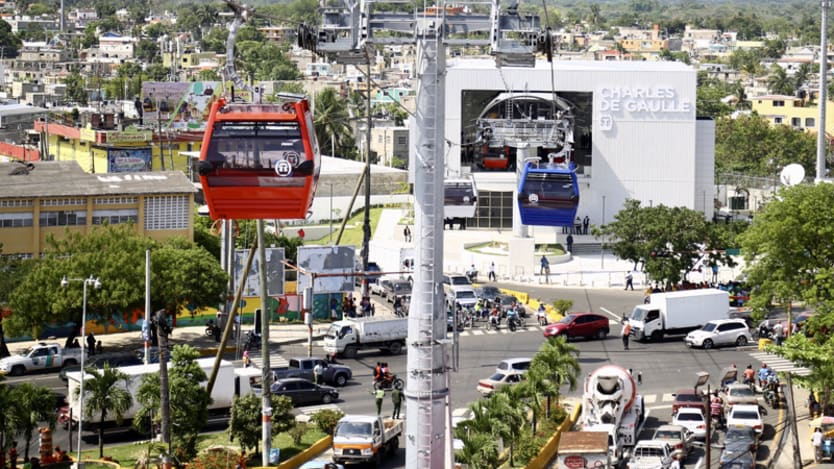
WASHINGTON — Santo Domingo suffers from traffic congestion daily. With a poor public transport system, the Dominican Republic’s capital sees much of its 2 million population relying on private vehicles to get around.
And that is causing myriad problems, from productivity loss to air pollution, to health issues.
“Santo Domingo has an overpopulation of motor vehicles working with combustion engines. In our 92 square kilometers, we host 1 million units, and the number rises to 1.4 million during working hours. So we have the concern that so many vehicles emitting contaminants in the air could be making an impact on part of our population,” City Mayor David Collado told Devex.
The municipal government is still waiting for an updated epidemiological profile for the city, but based on latest World Health Organization data, cardiovascular diseases are the primary cause of death in the Dominican Republic.
Environmental risk factors are often overlooked when assessing health impacts. But in 2017, WHO published a report placing air pollution as a risk factor for noncommunicable diseases. Almost one-third of the cardiovascular disease burden worldwide is due to outdoor and indoor air pollution, second-hand tobacco smoke, and lead exposure, according to the report. Ambient, household, and workplace air pollution contribute to 29 percent of global deaths from chronic obstructive pulmonary disease, the report found.
According to the report, disease burdens, particularly cardiovascular diseases, could be reduced “significantly” through the introduction of clean energy sources, regulations targeted at highly polluting factories, smoking bans, and greater use of public transportation — including the promotion of walking and cycling among the population.
Such transition in Santo Domingo, however, will require significant financial capital to build the necessary infrastructure for better public transport systems and a conducive environment for walking and cycling. Collado said his office has been working on a long-term development plan taking this into account, including expanding their rapid transit system, improving their urban grid connectivity, and replacing “inefficient public transportation modes.” A report produced for the United Nations Commission for Sustainable Development in 2010, that reviewed the transportation system in the city, found there is an “over-supply” of public vehicles in Santo Domingo.
Collado is aware of the enormous task, and the need to work with the city’s stakeholders and the central government to successfully implement the plan.
See more from this miniseries:
► Cities and NCDs: Curbing excess salt consumption in Ouagadougou
► Cities and NCDs: The growing threat of childhood obesity in Quito
► Cities and NCDs: The struggle toward a smoke-free Kathmandu
In the immediate term, they have started to develop a “comprehensive” circuit for nonmotorized vehicles, encouraging people to bike to work or walk, through their participation in Bloomberg Philanthropies’ Partnership for Healthy Cities. The mayor hopes this would, in time, help reduce the amount of private vehicles in Santo Domingo’s streets, opening up more public space for pedestrians, allowing for better traffic flows, while lowering air pollution as well as individual expenses for fuel.
But he thinks effective policies and actions can really only come after government leaders are able to fully grasp the gravity and “damaging effects” of NCDs among families. In his view, the high-level meeting on NCDs in September should first create a sense of urgency among participants to tackle the problem.
“Effective policies are sought after proactively once the gravity of these problems is fully understood,” he said. “I think this would be a sustainable way to address the problem of NCDs.”
This is part of a miniseries on how cities are tackling NCDs in the line up to the third United Nations high-level meeting on NCDs. The cities featured here are all part of Bloomberg Philanthropies’ Partnership for Healthy Cities.
For more coverage of NCDs, visit the Taking the Pulse series here.

